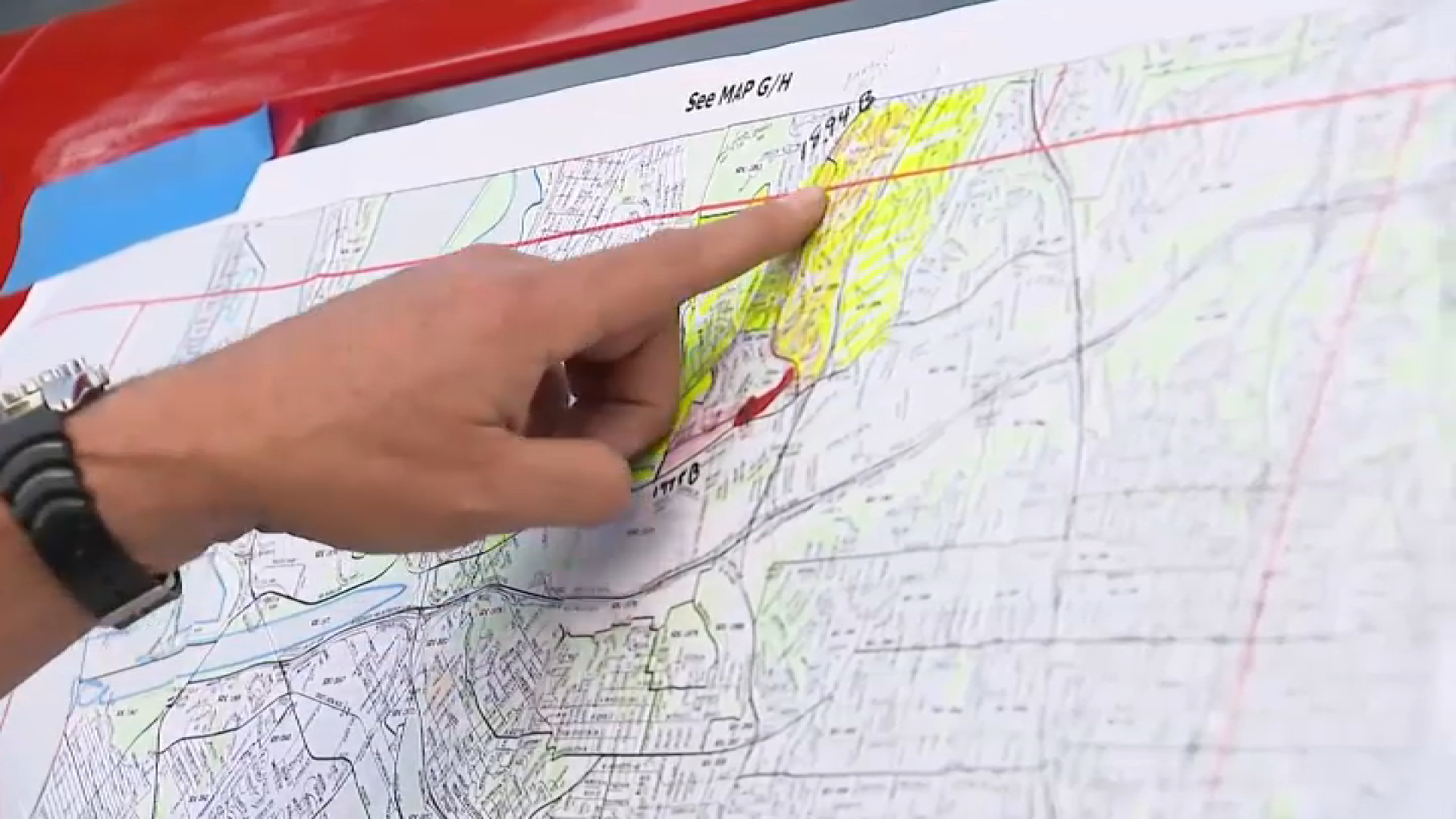A local conservation group is voicing their concern saying the water levels in the San Elijo Lagoon have created low levels of oxygen for marine life.
Despite recent restoration efforts, water levels in the San Elijo Lagoon in Encinitas are dropping to levels that affect the mortality of fish and other wildlife in the area, according to one conservation group.
Jennifer Bright, COO for Nature Collective, a conservation group working to rehabilitate the lagoon, said a restoration project was completed in 2022 to increase tidal flow into the dwindling lagoon. The effort increased flow by about three times, but more sand came along with the increased tidal flow came more sand.
"More sand is coming into the lagoon that has in the past, and it's creating that hypoxic environment, which means there's no oxygen in the water, so we are having more fish die off and more marine loss of life," Bright said.
The conservation group said they've been using a land-based sand excavation method to deal with the settling sand but it has proved ineffective at solving the problem. They'll need to use an aquatic dredging method instead to target the sand filling the east side of the lagoon.
Get top local stories in San Diego delivered to you every morning. Sign up for NBC San Diego's News Headlines newsletter.
The $120 million restoration project -- a partnership between SANDAG, Caltrans, the city of Encinitas and conservation groups funded by the half-cent Transnet tax -- installed a pipeline to pump enough dredged sand to fill 19 Olympic swimming pools from the San Elijo Lagoon onto the beach.
The channel under the bridge was made deeper and wider to aid with tidal circulation. New mudflats were created to support the natural habitat and new trails were created for the community.
The Nature Collective performs certain tasks annually to maintain the lagoon, including opening the inlet, removing sand under the Highway 101 bridge and monitoring more than a dozen environmental variables to determine if their efforts are successful.
Local
This year, they had to open the inlet twice due to the increased sand flow.
"The time and energy that we're spending on trying to have this action and working on it, we always welcome donations from the community to kind of help us in our actions," Bright said. "But we are looking for large-scale funding upwards of a million dollars to really open up this inlet via an aquatic dredge."
Bright said their work is important to maintain one of the most biodiverse systems in San Diego.
"Over 1000 plants and animals depend on this reserve in one way or the other," Bright said. "It also provides an excellent opportunity for people, as well they're out here, they're enjoying so keeping it open needs to be a priority for the community."
She added maintaining the lagoon's ecosystem is not only important for the directly adjacent areas but for other reserves along the coast as well.
Bright and her team hope that they can complete the aquatic dredging project by the end of the year.



